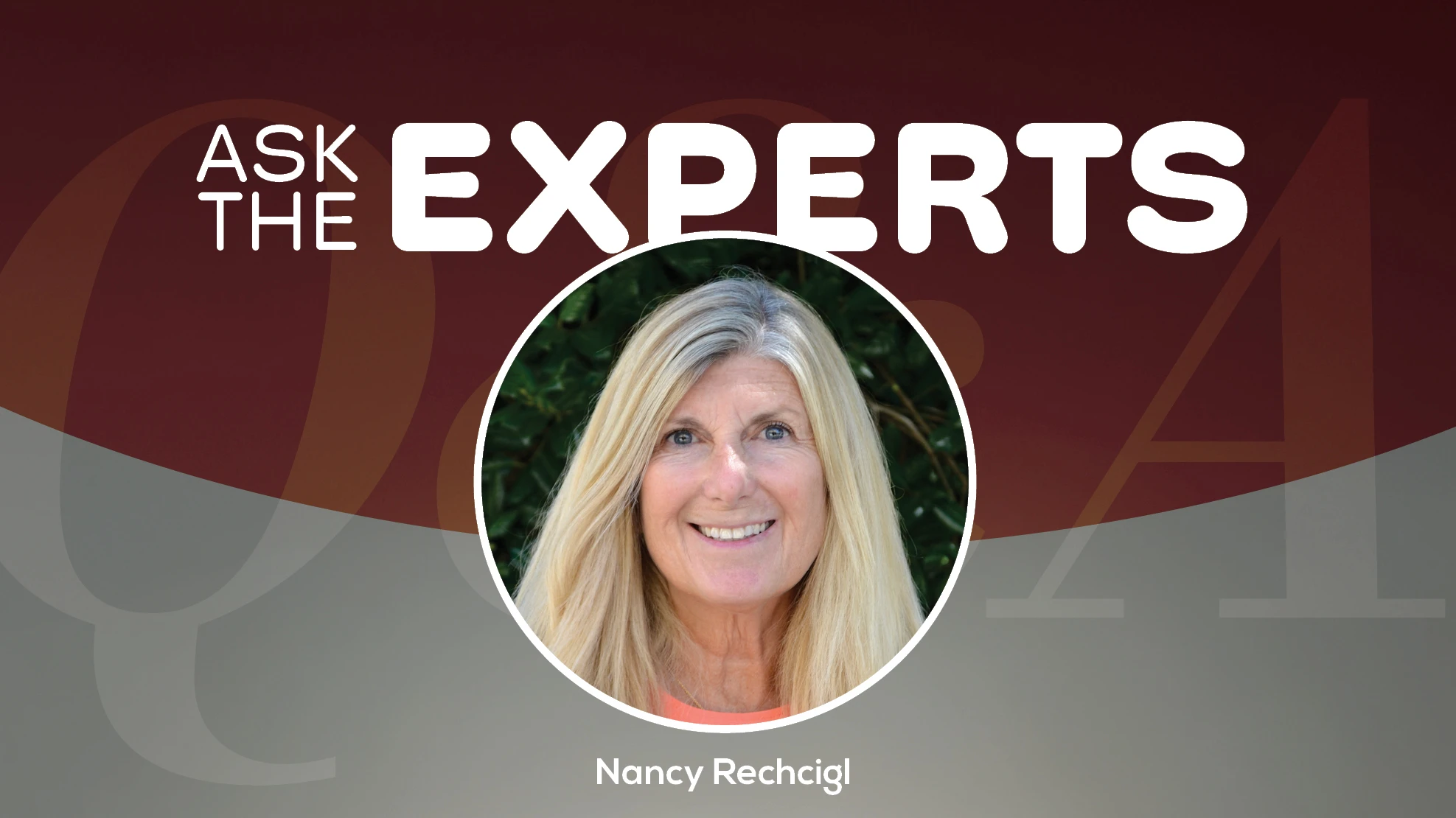
Growing up on his family’s 52-acre farm in rural Pennsylvania, Bruce Galasso “was always surrounded by some sort of horticulture,” he says. Playing outside and later working at local farms fostered a love of plants that pointed Galasso toward a greenhouse career.
After earning his bachelor’s degree in ornamental horticulture at Delaware Valley College (now Delaware Valley University), Galasso headed west for a job at Welby Gardens in Denver. After starting as assistant grower there in February 2002, he climbed the ladder over the next 20 years, becoming head grower at one facility and then all three, and eventually serving as grower manager.
Then, in January 2022, Galasso moved even further west for his new role as head grower at Pacific Plug & Liner in Watsonville, California, where he’s rallying the growing team to deliver quality plant material consistently and efficiently.
Growing environment
As the young plant propagation division of Washington-based Smith Gardens, PP&L propagates young plants for all three of Smith’s northern locations and more than 1,000 other wholesale growers throughout North America. Taking advantage of California’s ideal growing conditions, PP&L operates 8 acres of greenhouse space with 15 acres of outdoor fields to harden off liners and grow finished perennials.
Central California’s coastal climate is a big adjustment from Colorado’s arid high desert environment, which means Galasso had to acclimate to different growing systems and processes in his new role.
“Here, it’s passive cooling,” he says. “We just have roof vents and side vents; we don’t have any forced air or fans, because the coastal environment lends itself to that.”
Whereas Galasso’s previous role focused on growing young annuals, PP&L focuses more heavily on young perennials (although they also grow annuals, grasses, and tropicals). The company’s deep catalog spans nearly 6,000 line items across 4,000 different varieties propagated from vegetative cuttings, seed and tissue culture.
“Just having that diversity in the greenhouse creates a challenge,” Galasso says. “You’ve got to think outside the box to make the environment work for everything.”

Cross-training growers
Galasso’s growing team consists of 12 employees and includes an assistant head grower, two growers focused on integrated pest management scouting and applications, and several levels of section growers and irrigators.
“When you’re working in the greenhouse, the plants don’t take days off, so scheduling labor becomes a challenge,” Galasso says. “We try to do as much cross-training as possible between departments so in any situation, somebody else can step in to fulfill a role.”
For example, IPM team members can step in to irrigate on weekends or holidays. During the summer, between production cycles, the finished outdoor perennial grower spends time in the greenhouse with the IPM team scouting for pests and learning about chemical applications. Likewise, the growers who typically harden off young plants might spend a few weeks shadowing the propagation grower before he goes on vacation so they can cover his responsibilities.
“We want to break down walls and silos to create a culture where everybody is a part of delivering a quality final product on time,” Galasso says. “We each play a part in that, so we all have to work together.”

Improving operations
In addition to meeting with his growing team every other day to discuss issues and ideas, Galasso also meets with other departmental managers every Friday to discuss big-picture growth and strategy — like implementing new technologies or incorporating new plants into the overall production schedule.
“We’re always talking about ways to make our systems better and more efficient to improve quality and order fulfillment,” he says. “It’s a collaborative decision-making process.”
Instead of “upsetting the apple cart” with new ideas as soon as he joined the company, Galasso is taking time to understand PP&L’s existing systems before suggesting big changes. “I want to see what, why and how they’re doing things before I start implementing new things,” he says. “After spending 20 years in another facility, learning a new system is a challenge. But re-envisioning how we maximize the system we have is a challenge I enjoy unraveling.”
PP&L’s state-of-the-art greenhouse includes a rolling Dutch bench system with hydronic bottom heating and 23 Cherry Creek irrigation booms to automate watering. An Urbinati seeding machine automates seed production, while two ISO sticking robots and a Growcoon plug dispenser simplifies the sticking line.
This summer, Galasso and his team are revamping their Argus environmental control system “so we can better control the growing environments to produce better crops,” he says. In the “near future,” they also plan to redesign the entire production line in a new, streamlined production house that will make growing even more efficient.
“Innovation is an important tool to stay relevant,” Galasso says. “If we’re not thinking ahead, we’re going to fall behind and become irrelevant.”
Get curated news on YOUR industry.
Enter your email to receive our newsletters.
Explore the June 2023 Issue
Check out more from this issue and find your next story to read.
Latest from Greenhouse Management
- pH Helpers
- Society of American Florists accepting entries for 2025 Marketer of the Year Contest
- Sustainabloom launches Wholesale Nickel Program to support floriculture sustainability
- American Horticultural Society welcomes five new board members
- Color Orchids acquires Floricultura Pacific, becoming largest orchid supplier in U.S.
- American Floral Endowment establishes Demaree Family Floriculture Advancement Fund
- The Growth Industry Episode 3: Across the Pond with Neville Stein
- 2025 State of Annuals: Petal power





